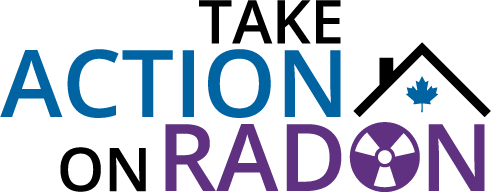Radon is a radioactive gas that comes from the ground and is found in every home, though not always at elevated levels. Since Canadian homes are sealed against the weather, radon levels inside our homes can build up to levels that Health Canada considers to be dangerous. Find out how to protect yourself from radon here.

What’s the danger?
Over time, exposure to elevated levels of radon can cause lung cancer. In fact, radon is the leading cause of lung cancer in non-smokers, causing over 3,200 Canadian deaths each year.
How much radon is too much?
The Government of Canada recommends that any home with a radon level above 200 Bq/m3 should take action to lower their level. Most homes can be reduced to levels well below this guideline level. Find more information here.
How do you find out your radon level?
Simple: test your home. It doesn’t matter where you live or what the levels were in your neighbours’ homes if they’ve tested. It doesn’t matter whether your home is old or new, small or large. While it’s true that some communities have higher average radon levels, each house is different and elevated radon levels can be found anywhere.
How does radon get into our homes?
Radon comes from the mineral uranium that occurs naturally in the soil. As the uranium breaks down, it eventually releases radon. Radon is a gas, so it travels easily through the soil, working its way toward the surface. When radon escapes into outdoor air, the concentrations are low (approximately 15 Bq/m3). However, radon also escapes into our homes wherever they’re in contact with the soil; finding its way in through cracks or around pipes and drains. Here in Canada, our homes are well sealed to keep us warm in the winter, and so the radon concentration in our homes can easily build up.
Learn how to reduce your radon levels here.
What to share your story about how effective your radon reduction system is? Share your story online here.

